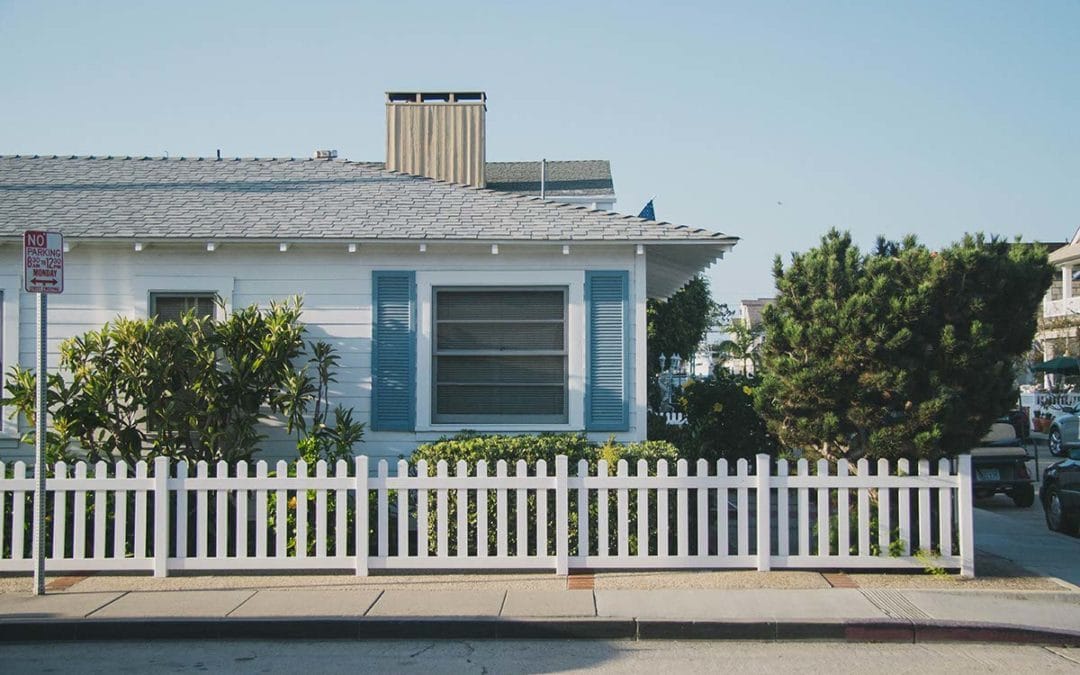The recurring problem of mold growing on your rooftop is nothing short of a distraction. To some extent, it might have forced you to consider moving to a new place only to discover a similar situation. It is essential to learn how they grow to prevent spreading and the proper procedures to remove mold.
Why Is There Mold Growth?
First, mold is different from algae or mildew. Algae is associated with the black substance on most rooftops across houses in America. It forms when moisture dwells on surfaces. In particular, humid conditions provide a suitable medium for the growth of algae.
The black color is a pigment to protect the organisms from ultraviolet light. Usually, it begins in small spots, and by the time it is noticeable, it has been present for over a few months.
As soon as the algae set in, mold follows. Standing water and rotting wood rapidly exacerbates the growth of spores, and with time it is all over on the roof. The nutrients for this growth are obtained from the limestone filler in your roof shingles. With no time, the invasion begins, and it is often indicative of mold on the inside of the house.
This is why it is vital to know how to remove mold from your roof.
Why Should You Remove It?
Roof designs do not last forever. The integrity of a house is dependent on the lifespan of your roof. Environmental and weather conditions influence this. Particularly for people in humid conditions, new rooftops seem to have mold on them overnight.
How To Get Rid of It?
You cannot prevent spores from landing on your rooftop. On the upside, you can control its growth. It is always advisable that prevention is better than cure. You can do it in five easy steps:
Roof Inspection
You would not need roof repair without roof inspection. People think that assessment is only required when they are considering selling their homes. The problem is that you might delay a problem only to discover it when it is too late.
Roof Repair
Roof repair is the next step after inspection, where roofing problems are solved. It is often advisable to consult accredited experts for such a job due to the quality of service and after-service resources such as maintenance.
Roof Replacement
Sometimes the damage is too extensive, and therefore the roof requires an entire overhaul. A new roof is an expensive investment by
a homeowner. Still, it guarantees that the top is preserved long term, with advancements in installation technologies and reduced repair costs to old roofs.
For commercial buildings, it takes years before roofing problems get noticed, and by then, it might be too late for repair. For example, people with flat roofs can attest that finding leaks is not usually an easy job.
Cleaning
Trimming branches allow more sunlight on your roof, which dries up the water used as a medium for mold growth.
Preventing debris accumulation by activities such as regular leaf blowing creates a less inviting habitat for mold growth.
Keep your gutters clean to prevent the accumulation of water. Also, check that water is appropriately redirected to avoid splashing from higher rooftops to lower roofs.
Would You Please Leave It to the Pros
Carrying out roof inspection and maintenance is often a dangerous job. Usually, besides putting yourself at risk, damages caused by DIY repairs are not covered by insurance. Working with roof professionals allows for the conservation of time and money in repairs with various after-sale services for customers.
You can contact most of them and get a free estimate of what it might cost you.
Conclusion
Cleaning the roof is a daunting task, and unless you work in this line, it is often advisable to consult professionals. Some maintenance practices can get undertaken over weekends, but repairs and replacements are worth the extra help. Mold is not a huge problem until it gets ignored.

